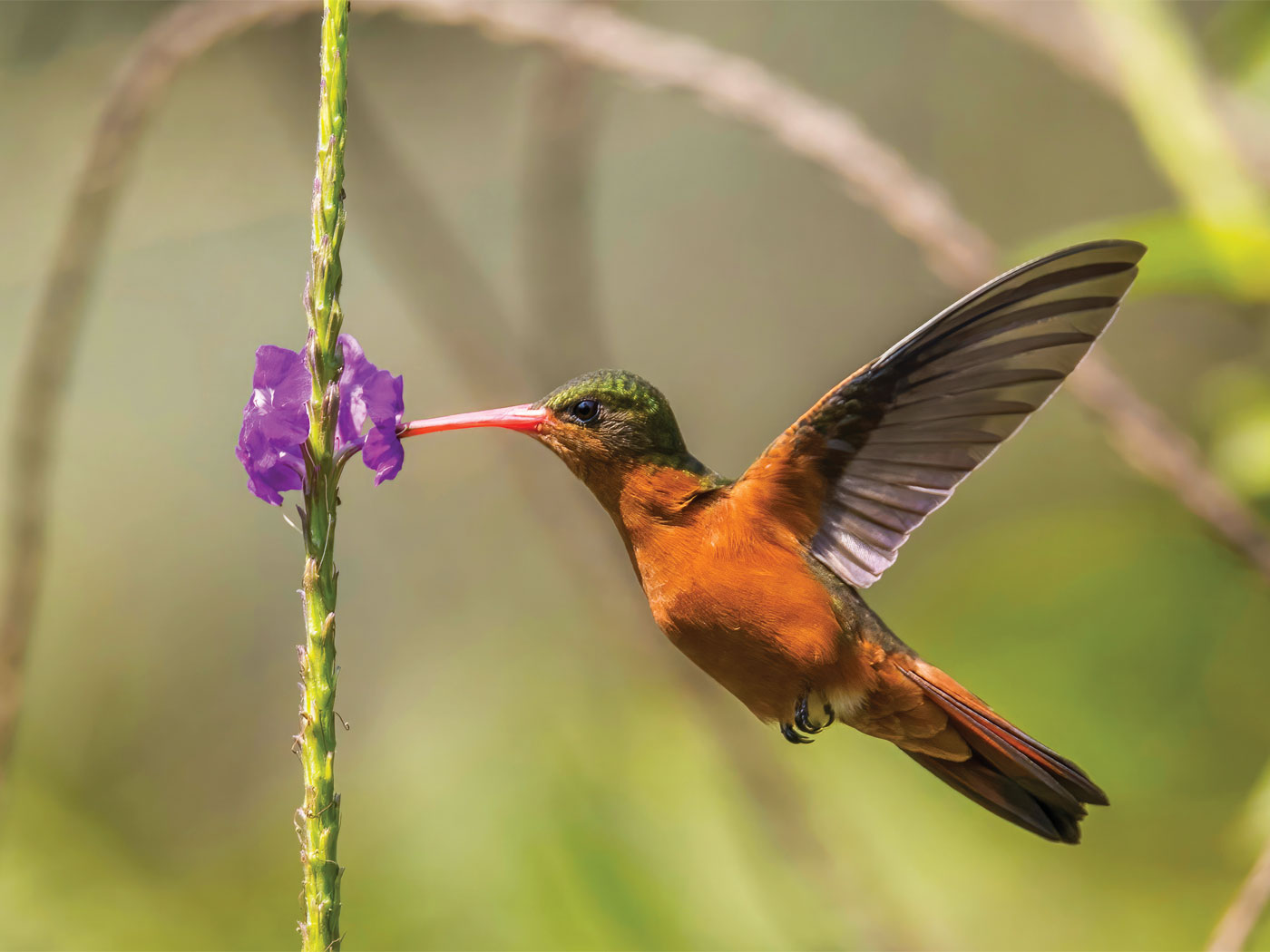For 25 years, donkeys and zebras at the Chestatee Wildlife Preserve have shared the same pasture while maintaining separate identities. When a donkey gave birth recently, zookeepers were surprised to see the baby "zedonk." Its head was donkey-like, but its legs displayed clear zebra stripes, meaning that a zebra stallion was the father.
The zoo, located 45 minutes north of Atlanta, Georgia, posted on its website: "Zedonks are extremely rare and we are very excited about her birth. Mother and baby are doing well and are on exhibit in a spacious pasture."1
Also called zonkeys, the offspring of zebras and donkeys are only known to occur among captive animals. Their rarity is probably due to the fact that members of the horse kind are picky about appearance. For example, white horses are often shunned by an otherwise colorful wild herd.
Crosses other than zedonks also occur. A "zorse" results from the union of a horse and zebra (or a "hebra," if the father is a horse). A mule comes from the union of a horse and donkey. Because zebras, horses, and donkeys can interbreed, this is very strong evidence that they are descendants of a single created kind--the horse kind.2
However, these zedonks, zorses, and mules are usually sterile, due to a mismatch in chromosome number. Donkeys have 62 chromosomes, horses have 64, and zebras have 44. The Przewalski's horse--considered by both evolutionists and creationists to be most similar to the ancient population that gave rise to all of modern horse kind--has 66 chromosomes, while another, called Hartman's mountain zebra, has only 32.3
Because of the differing chromosome numbers, it might be contended that God created each of these horse-like varieties separately. They have evidently existed in their current general forms for much of earth's history. For instance, by the time of Joseph, horses were already distinct from donkeys, and both had been domesticated.4
The favored son of Jacob, Joseph was a very powerful official in Egypt, according to the Bible. He was probably called Mentuhotep by Egyptians and was the famous vizier under Pharoah Sesostris I of the 12th dynasty. Archaeologist and author David Down stated, "Sir Alan Gardiner assigns a date of 1971-1928 B.C. to Sesostris I, but by a revised chronology he would have been ruling when Joseph was sold as a slave into Egypt in about 1681 B.C."5 This was likely not more than a thousand years after the great Flood. How could just two individual horses on Noah's Ark have given rise to pure-breeding varieties in such a short time?
There is plenty of evidence that all these horse forms came from an originating few. The most direct evidence comes from the fact that they can interbreed. This marks them as belonging to one created kind, since Genesis 1 clearly indicates that each life form was created to reproduce within a distinct kind.
Also, many of--if not most--instances of biological change are known to occur rapidly, often in one generation. For example, researchers working in France were surprised to find that separate species of bees, which normally pollinate their own particular species of orchid, nevertheless happened to cross-pollinate two orchids, yielding a new orchid that attracted yet a third bee species.6 And Galapagos Island researchers never expected to find a hybrid of land and marine iguanas, but it also appeared suddenly in one generation.
Chromosomes can change rapidly, too.7 All of this points to a God who is smart enough to have designed creatures with the ability to undergo rapid changes in order to fulfill His purpose for them--to be fruitful and multiply and fill the world's rapidly changing environmental niches. Zedonks are rare, but they offer a glimpse into the creative mind of the Maker of all life.
References
- Chestatee Wildlife Preserve website at chestateewildlife.com.
- Today, there are nine members of the horse kind that have produced 17 known hybrids.
- Wichman, H. A. et al. 1991. Genomic Distribution of Heterochromatic Sequences in Equids: Implications to Rapid Chromosomal Evolution. Journal of Heredity. 82 (5): 369-377.
- "And they brought their cattle unto Joseph: and Joseph gave them bread in exchange for horses, and for the flocks, and for the cattle of the herds, and for the asses [donkeys]: and he fed them with bread for all their cattle for that year" (Genesis 47:17).
- Down, D. and J. Ashton. 2006. Unwrapping the Pharaohs: How Egyptian Archaeology Confirms the Biblical Timeline. Green Forest, AR: Master Books, 82.
- Thomas, B. New Orchid Arose Too Fast for Darwin. ICR News. Posted May 18, 2010, accessed July 29, 2010.
- Wichman et al, 372: "Cladistical analyses show that some taxa radically reorganize their genome in a relatively short time frame, whereas others exhibit long periods of karyotypic stasis."
* Mr. Thomas is Science Writer at the Institute for Creation Research.
Article posted on August 4, 2010.







